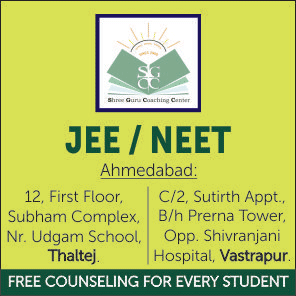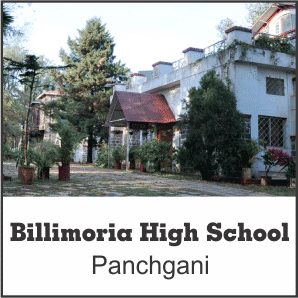As many as 1,600 government teachers to become surplus in two years, while state stands to save three times the money it spends per student in government schools
The Right of Children to Free and Compulsory Education has ensured that students from under privileged backgrounds get the best education in classes 1 to 7 in private schools. But the flip side is: with the increasing number of students shifting from government schools to private ones under RTE, a number of teachers will become surplus. Moreover, fresh recruitment of teachers will also suffer.
State education authorities, however, will be a pleased lot. On one hand they have succeeded in meeting the RTE enrolment targets, while on the other they will save three times the money on each student who leaves a government school and goes to a private school under RTE.
THE NUMBER CRUNCH
There are 1.94 lakh teachers catering to 90 lakh government school children in the state. Of these, 51,681 students were enrolled in private schools under RTE this year. In Ahmedabad city, 10,145 students and in Ahmedabad district panchayat schools, 4,767 students got admission. The approved seats for panchayat schools were 2,300, but this was increased to 4,767 looking at the demand and all RTE admission applications were allotted schools. While this seems a success in terms of meeting RTE targets, its adverse effect will be felt on teachers in the next two years and will affect recruitment of government school teachers.
According to a source close to the development, “It is estimated that around 1,600 teachers will become surplus in next two years. Total strength in government schools has decreased. This scenario will further intensify in coming years, eventually leading to fall in demand of government schools. This will directly impact the fresh recruitment of teachers.“
Currently, one teacher is allotted a class of 30 students in a government school. So, if the number of students decreases, the number of teachers allotted per school will also go down. M I Joshi, director of primary education, “We will take care of the surplus teachers. We may shift them to some other school or would give them some work other than teaching.“
HOW THE GOVT BENEFITS
The successful implementation of RTE will swell the state government’s coffers. At present, the government’s total expenditure per year on per government school student is Rs 48,0000, including teacher’s salary, stationery, other provisions like laboratory, library and playground. And despite having spent this much amount, the quality of education is still not guaranteed. While for RTE, the state education department shells out Rs 10,000 to each private school and Rs 3,000 to each student who is enrolled under RTE. So, RTE is almost three times more economical for state government’s budget.
SPECIAL ALLOWANCE
For the first five years, a government teacher is paid a fixed salary of Rs 7,800 per month. They are also eligible for Rs 2,200 extra payment as “Khash Bhatthu“ or special allowance. All primary teachers will get Rs 1,500 increment on special allowances. After successful completion of first five years as probation period, they will get an approximate salary of Rs 23,000 as per the Sixth Pay Commission recommendations. A government school teacher claimed that other states that have implemented RTE are already facing the issue of surplus teachers.
“Maharashtra and Madhya Pradesh are already facing the issue of surplus teachers. Maharashtra has tried to find a solution by allotting these teachers non-academic duties and or shifting them to other schools. Unfortunately, here we are already loaded with non-academic work along with more than 35 hours of teaching load. I am not sure how state education authorities will address this issue,“ the teacher said on condition of anonymity.
SCHOOLS IN VILLAGES AFFECTED MOST
Another teacher who did not wished to be named claimed government schools in villages will suffer the most due to lack of students. “With increasing number of private schools in villages, student enrolment ratio in government schools will go down. This will result in unemployment for more number of teachers.“ Gujarat Primary Teachers Association Secretary Satish Patel said, “RTE is beneficial to students, but that is not all. Government teachers are qualified, so parents should send their children to government schools. We will ensure that the effect of RTE will be minimum on teachers.“

Source – Ahmedabad Mirror – 5th September 2016















